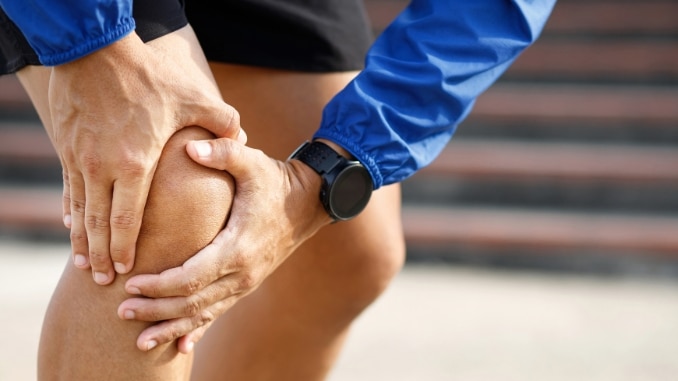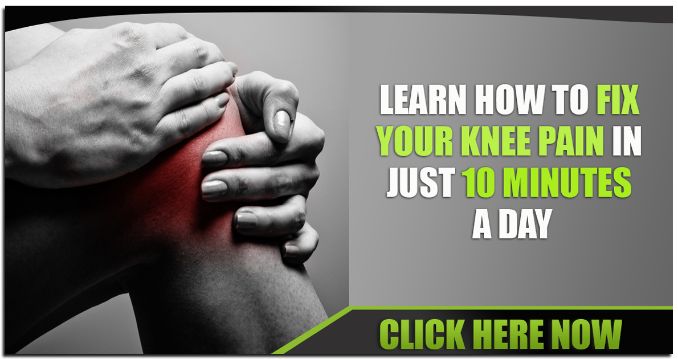Knee buckling can be a frustrating [1] and painful experience, often leading to instability and a fear of mobility. This condition occurs when the knee fails to support the body’s weight, resulting in a sudden collapse.
Fortunately, there are effective knee buckling exercises that can help improve knee stability, strengthen the leg muscles, and alleviate knee pain.
In this article, we’ll explore the causes, diagnosis, and treatment options and provide detailed instructions for beneficial exercises.
Here’s a step-by-step guide for some effective knee buckling exercises that can help strengthen your knee joint and improve its stability.
1. Isometric Quad Contraction
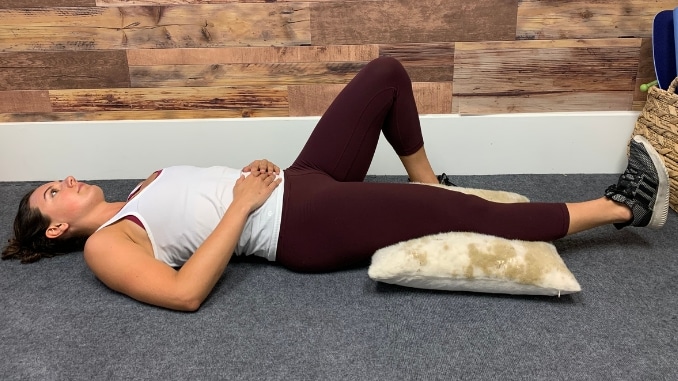
- Lie on your back on the floor with your legs straight.
- Maintain good alignment with your head, shoulders, hips, and legs.
- Place a pillow below your affected knee while you bend your opposite knee.
- Place your hands on your belly and tighten your abdominal muscles as you press your leg into the pillow.
- Hold the position for several deep belly breaths, in through your nose and out through your mouth.
- Repeat the movement on the opposite side.
2. Glute Squeeze
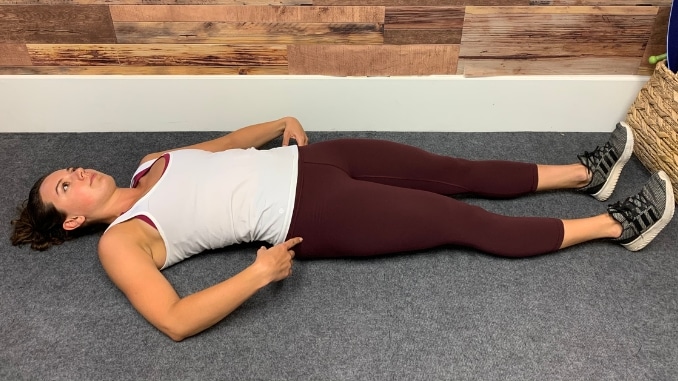
- Lie on your back with your legs straight.
- Maintain good alignment with your head, shoulders, hips, and legs.
- Place your hands on your hips.
- Tighten your abdominal muscles and your glutes.
- Hold the position for several deep belly breaths, in through your nose and out through your mouth.
3. Ankle Dorsiflexion
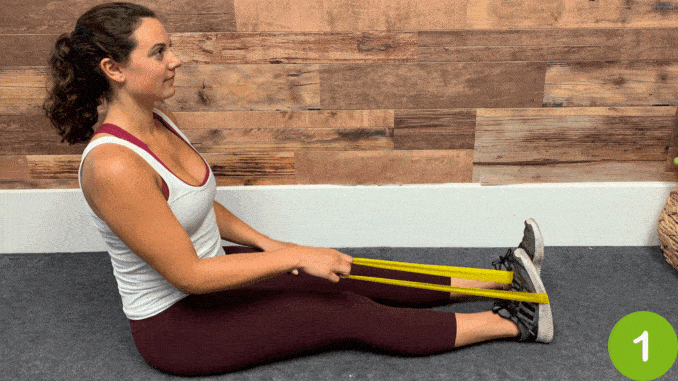
- Begin in an upright sitting position on the floor with your legs straight.
- Maintain good alignment with your head, shoulders, and hips.
- Loop the resistance band around the balls of your foot and hold the ends of the band with both hands.
- Pull the resistance band towards you to straighten your spine.
- Engage your core muscles, then flex your foot, bringing your toes toward your body to stretch the calf muscles.
- Repeat the movement with 10 repetitions.
- Relax and repeat the movement on the opposite side.
4. Prone Knee Band
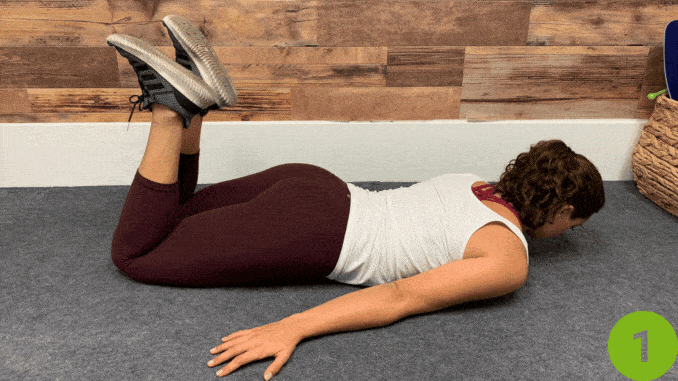
- Lie on your stomach on the floor with your legs straight and hands on your side.
- Maintain good alignment with your upper body.
- Tighten your abdominal muscles.
- Bend your knees and press your heels towards your hips.
- Hold this position for a few seconds.
- Lower your knees down and repeat the movement with 10 repetitions.
5. Straight Leg Raise with a Pillow
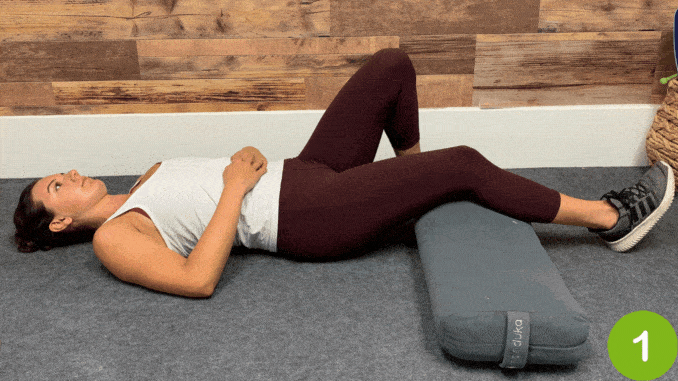
- Lie on your back on the floor with your legs straight.
- Maintain good alignment with your head, shoulders, hips, and legs.
- Place a pillow below your affected knee while you bend your opposite knee.
- Place your hands on your belly and tighten your abdominal muscles.
- Straighten your leg to lift your heel off the floor.
- Hold the position for a few seconds and repeat the movement on the opposite leg.
6. Straight Leg Raise
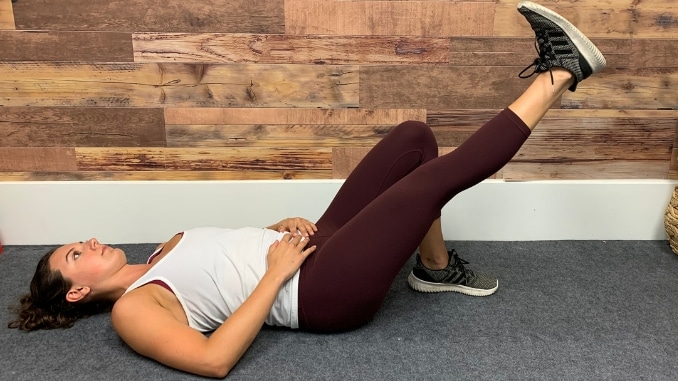
- Lie on your back on the floor with your knees bent and feet flat on the floor.
- Maintain good alignment with your head, shoulders, and hips.
- Place your hand on your belly.
- Tighten your abdominal muscles.
- Lift and extend one leg upward at a 40-degree angle.
- Hold the position for a couple of seconds.
- Relax and repeat the movement on the opposite side.
7. Straight Leg Raise on a Chair
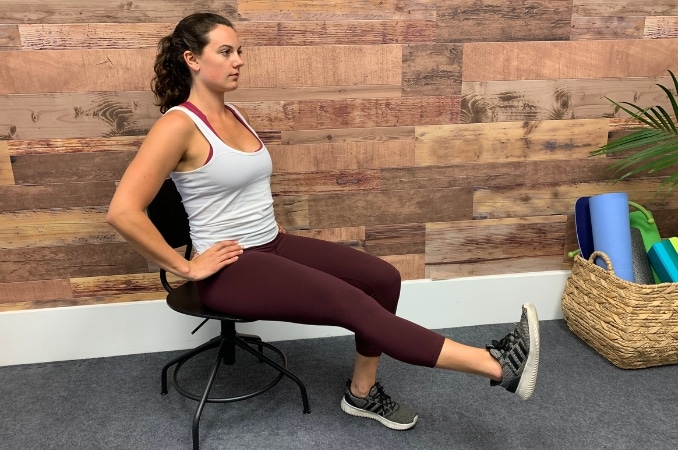
- Begin in an upright sitting position on a chair with your knees bent and feet flat on the floor.
- Maintain good alignment with your head, shoulders, and hips.
- Place your hands on your hips.
- Raise one leg and straighten your knee.
- Hold the position for a few seconds.
- Relax and repeat the movement on the opposite side.
8. Standing Knee Bends
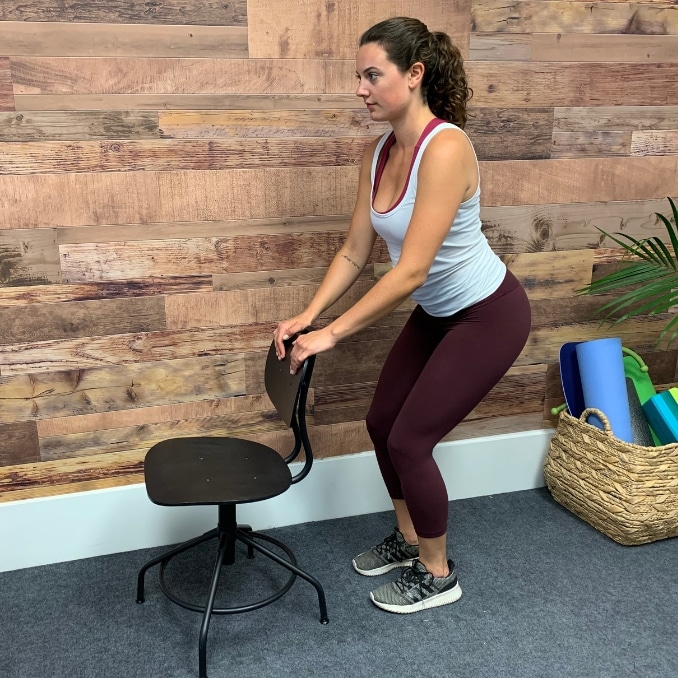
- Begin in an upright standing position in front of a chair with your feet hip-width apart.
- Maintain good alignment with your head, shoulders, hips, and legs.
- Place your hands at the back of the chair for support.
- Engage your core muscles.
- Slightly hinge at the hips and bend your knees into a shallow squat, while keeping your back straight.
- Hold the position for several deep belly breaths, in through your nose and out through your mouth.
Understanding Knee Buckling
Before diving into the exercises, it’s essential to understand what causes knee buckling. Common causes include:
- Meniscus Tear: Damage to the cartilage rings can lead to instability, particularly during movement.
- Cruciate Ligament Tear [2]: Injuries to the ACL or PCL are often associated with sudden movements, causing the knee to give out.
- Collateral Ligament Tear: Injuries to the MCL or LCL can result from lateral forces on the knee.
- Patellar Instability [3]: When the kneecap shifts out of its groove, it can lead to knee buckling.
- Arthritis: Conditions like osteoarthritis can cause joint deterioration, resulting in knee instability.
Diagnosis and Treatment
If you experience knee buckling, it’s crucial to consult a healthcare professional. A thorough medical history and physical examination will help identify the underlying cause. Treatment options may include:
- Physical Therapy: A physical therapist can develop a tailored treatment plan focusing on strengthening exercises.
- Medical Devices: A knee brace can help stabilize the joint during recovery.
- Surgical Options: In severe cases, surgery may be necessary to repair damaged ligaments or cartilage.
A well-regarded expert in physical therapy, Dr. James Andrews, emphasizes the importance of strengthening the muscles around the knee, particularly the quadriceps and hamstrings, to improve stability and prevent buckling.
Conclusion
Incorporating these knee buckling exercises into your routine can significantly enhance knee strength and stability. Always consult with a healthcare professional or physical therapist before starting any new exercise regimen, especially if you’re experiencing pain or have a history of knee injuries.
By building strength in the thigh muscles, calf muscles, and hip joints, you can treat knee pain effectively and improve your overall knee health. Remember, a strong knee means a more active, pain-free lifestyle!
For a more comprehensive program designed to eliminate your knee pain forever, check out Knee Pain Solved.
Frequently Asked Questions
What muscle is weak when your knee buckles?
The quadriceps muscle is often weak when the knee buckles.
Is knee buckling serious?
It can be serious, especially if it results from an injury or underlying condition. Consulting a healthcare professional is advisable.
How long does it take for a buckled knee to heal?
Healing time varies; mild cases may improve in a few days to weeks, while severe cases might take several weeks to months.
What brace is best for knee buckling?
A knee brace that provides support and stability, such as a hinged knee brace, is often recommended.
What is the home remedy for a buckling knee?
Rest, ice, compression, and elevation (RICE) are effective home remedies, along with gentle stretching and strengthening exercises.

